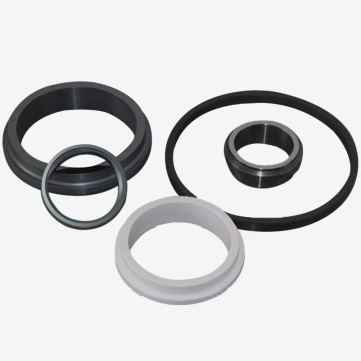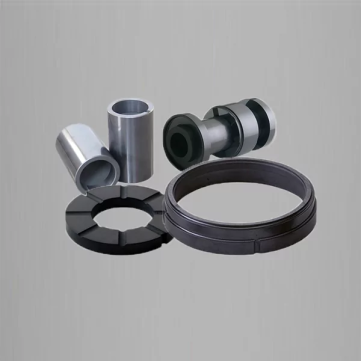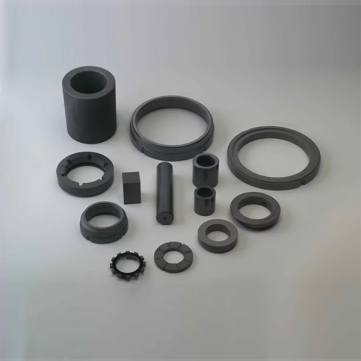A blog article describes why a shaft sleeve is an advantage to be used at the bottom of a pump. It explains the benefits of using it.
Introduction
The shaft sleeve in pump is a key part of the pump that helps to protect the Pump body from damage. The shaft sleeve is inserted into the Pump body and is held in place by a set screw.
When the pump is installed, it is important that the shaft sleeve is positioned so that it does not contact any moving parts inside the Pump body. If this were to happen, it could potentially cause irreparable damage to both the Pump body and the Shaft Sleeve.
The main function of the shaft sleeve is to prevent wear on the Pump body caused by friction from rotating parts inside of it. This can lead to premature failure of your pump and ultimately cost you money. By using a shaft sleeve, you can prolong the life of your Pump and avoid costly repairs or replacements.
Why You Should Be Using It?
There are a few reasons why you should be using a shaft sleeve in your pump. The first is that they can help to prevent damage to your pump. If the shaft of your pump slips out of the sleeve, it can cause significant damage to the pump and, in some cases, even void the warranty.
Second, shaft sleeves protect the end of your pump’s shaft from wear. If you’re constantly putting stress on the end of your pump’s shaft, it will eventually wear down and break. By using a shaft sleeve, you reduce this amount of stress on your pump and prolong its life.
Finally, using a shaft sleeve helps to keep debris from getting inside your pump. If debris gets inside your pump, it can cause serious problems and even void the warranty. By using a shaft sleeve, you minimize the likelihood of debris getting into your pump in the first place and limit the damage that can be done if it does get inside.
Conclusion
The fluid and gas control sector has relied on Junty for more than 20 years to supply sealing products and wear-resistant parts. If you’re looking for shaft sleeves in pump, have a look at Junty for more details. Thanks for reading!






